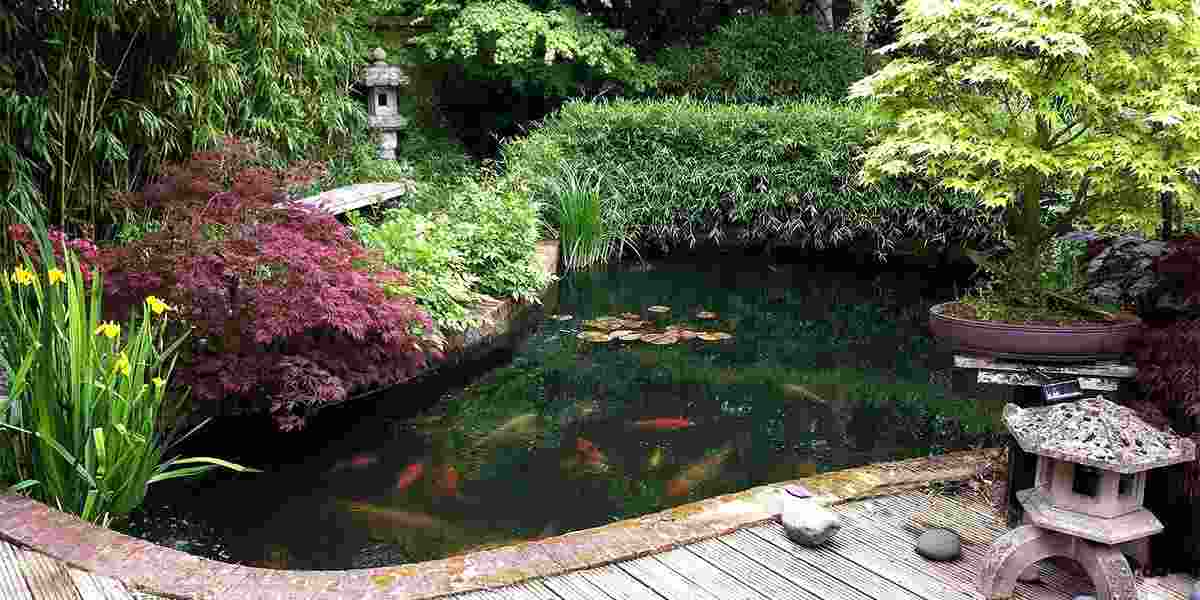Throughout their careers, landscapers will be asked to create gardens based on a huge array of themes, with some being outright quirky. Beyond the more unusual garden themes, there are several which are extremely popular and some of these are based on parts of the world beyond the shores of Australia.
One in particular which you will find in Australian gardens, and indeed gardens in many other countries, is a Japanese theme. For many people, Japanese garden design principles create harmony, tranquillity, and an almost spiritual ambience within them. It is therefore unsurprising that those homeowners who want their landscaped garden’s design to produce a peaceful and relaxing space, often request that their landscapers create a Japanese theme.
As for the individual elements that go into creating a Japanese themed garden, here are some of the most commonly included in landscapers’ designs.
Stones
For centuries, Japanese culture has seen stones being an integral part of it. This includes smaller stones such as those found in gravel being regarded as sacred ground, which is why many monuments and statues in Japan sit on ground that has gravel covering it. Large stones are also worshipped by those who follow the Japanese religion, Shinto. As for specific stones for your garden, you have a carte blanche.
Water
One of the beauties of water is whether still or flowing, both create a peaceful background within a garden, although the ideal preference should be for flowing water. In Japanese culture, water is an expression of calm and renewal, and the sounds of its movement should help to calm one’s mind.
Bridges
As a complementary addition to the water in a garden, a bridge supplements the beauty of that garden, and also provides an additional way that one can experience the water whether by sight or by sound. Ideal materials for your bridge include stone, wood, or if you want the full Japanese experience, bamboo. You could even go further by adding koi carp to your pond and relish the scene as you watch them swim under your bridge.
Pathways
One of the benefits of a Japanese garden is the opportunity to stroll through it, and you will need pathways to do so. Japanese themed garden pathways should use paving stones which provide the most natural materials for walking on. One landscape design idea is to use the pathways to create zones within your garden which may each have a different use or sub-theme.
Lanterns
Nothing says “Japanese garden” more than lanterns, and that is why you will want some in your garden. These not only have the practical purpose of providing light at night, but they also add even more to the atmosphere and authenticity of your Japanese garden. Rows of lanterns can also be used to identify specific zones and they can be hung singularly, in pairs, or grouped depending on their size, type, and style.
Plants
Last, but certainly not least, we come to what most gardens are about and that is what grows in them. To list every plant appropriate for a Japanese garden would take several thousand words, so instead, we will name just a few. The lotus, which is also known as the flower of Buddha must be a prime candidate if you have a water feature. Others include Azalea, Camellia, Hosta, Iris, and Hydrangea.

